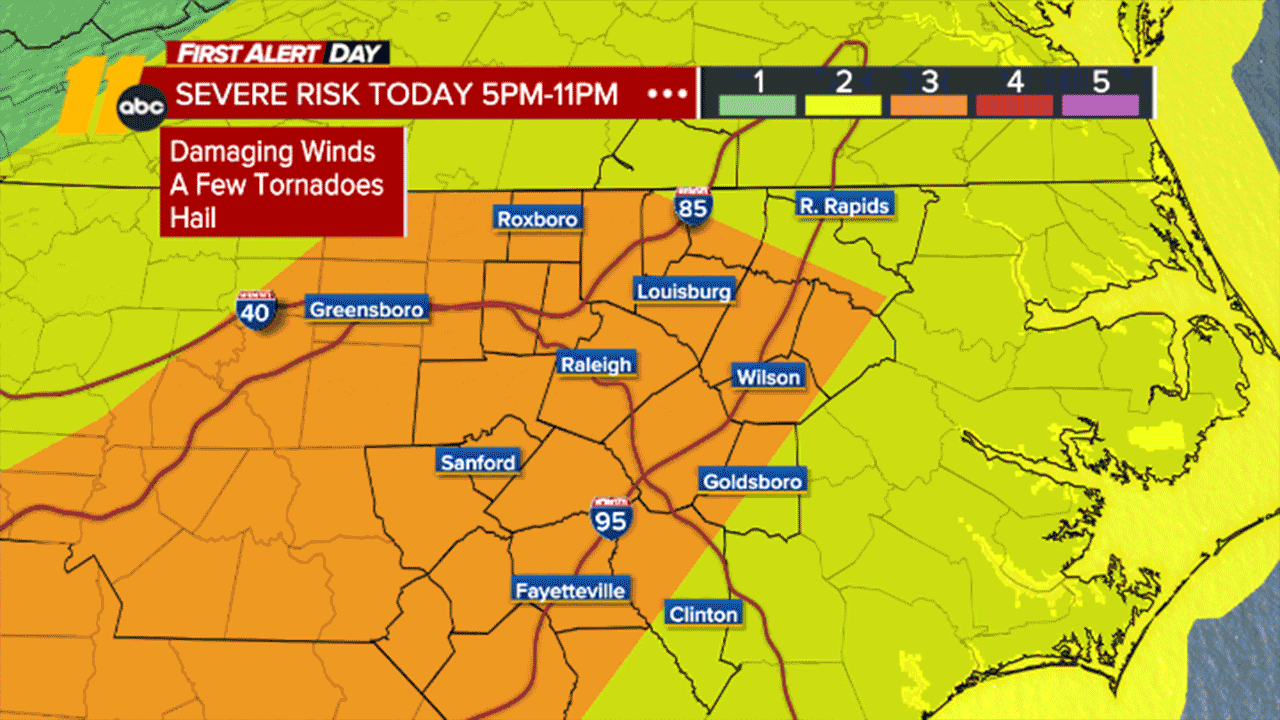NC State robot works to advance artificial intelligence in agriculture

RALEIGH, N.C. (WTVD) -- Slowly, but surely, a robot named BenchBot 3.0 is making moves at NC State, passing repeatedly over 500 pots of different plant species for artificial intelligence (AI) to recognize.
"A human would have to look at all these pictures and say, OK, this is this species," hardware design engineer Mark Funderburk said. "But with this system, this is all automated."
The robot is the only BenchBot in North Carolina that researchers hope will lead to smarter tools in the agriculture industry, such as PlantMap3D, that can alert a farmer where crops need care.
"It'll map their field for them and give them a detailed map of where they should apply their nitrogen and how much, where their weeds are growing ... the lack of water, heat stress, and things like that," Funderburk said.
ALSO SEE: What cognitive tests can show -- and what they can't
Getting computers to recognize plant species is one of the first steps toward getting machines to detect problems or map performance, like how self-driving cars became a reality, according to Lirong Xiang.
"If you want to train an electrical car, the first thing we do is we label thousands of millions of images to train the car, to recognize the people, the trees, the obstacles, the other cars," Xiang said. "So we are kind of doing similar things for agriculture, training AI models to recognize those things in the field."
Xiang, who's affiliated with N.C. Plant Sciences Initiative, sees the BenchBot's work in AI propelling the industry forward.
"We are trying to build this image repository with millions of images, and it will be shared," Xiang said. "That will benefit the whole community."
The BenchBot currently takes 2D images but according to Xiang, the goal is to improve the technology to where it can build a 3D image repository for weeds, crops, and more, to ultimately help farmers make better decisions about their crops.
"I think in the near future ... everything will be fully autonomous, smart and intelligent," Xiang said. "We want to make agriculture more sustainable with fewer inputs, more outputs. And that is one way to achieve that goal."







